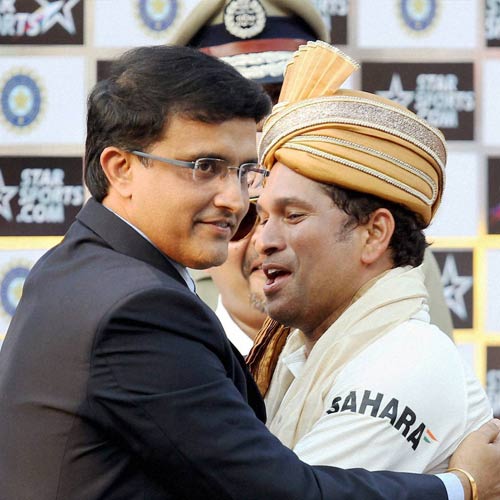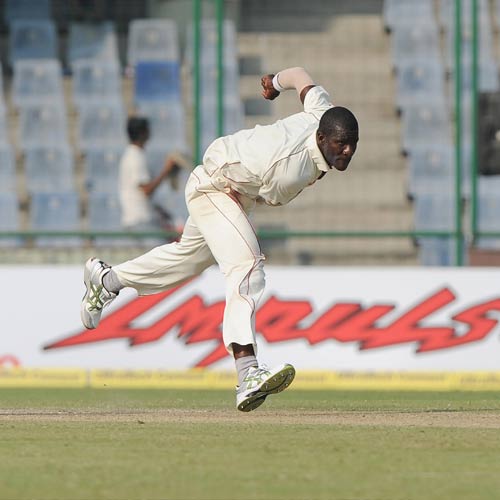Taking a major step to facilitate organ donation, the Karnataka government has permitted small hospitals with a capacity of 25 beds to harvest organs.
This means that hospitals which have an operation theatre and intensive care unit (ICU) need not shift braindead patients to bigger hospitals for organ retrieval. "This is definitely a giant step towards saving human lives by transplanting organs from a brain-dead person. The government has liberalized transport and transplant of organs," M Madan Gopal, principal secretary, health and family welfare department, told TOI.
Fearing that freeing up norms would lead to organtrade rackets, the state government had not given permission to small hospitals so far.
Time matters most
Madan Gopal, principal secretary, health and family welfare, said he would write to the DG&IG, asking police to cooperate in shifting bodies soon after an accident. If the dead person is shifted quickly to a non-transplant human organs retrieval centre (NTHORC), organs can be retrieved. The current procedure followed by police after accidents results in a loss of organs.
Transplant not possible
The government order, issued on October 31, says if neurosurgeons or specialists are not available in non-transplant human organs retrieval centres (NTHORC), these hospitals can utilize the services of specialists from the brain stem death committee of the hospital, registered under the Human Organ Transplant Act (HOTA).
All that NTHORC has to do is apply for brain death certification to the appropriate authority. But these centres cannot perform actual transplantation of human organs.
At present, there is no established procedure or guidelines to deal with situations that arise when brain deaths occur in NTHORC, even when the families of brain-dead persons wish or consent to donate the organs of the deceased . "Considering the fact that a large number of brain deaths occur in NTHORC, it is imperative to permit organs to be retrieved when there's a willingness to donate organs at those centres which have the facilities to maintain brain-dead deceased donors, so that more lives or organ failure patients can be saved," Gopal said.
The Zonal Coordination Committee of Karnataka (ZCCK) has been constituted to ensure effective implementation of Transplantation of Human Organs and Tissues Act, 1994, and also promote cadaver organ transplantation in the state. Although ZCCK has been able to facilitate multi-organ donations, cadaveric organ donation programme was hit because of a delay in certifying brain deaths by hospitals.
Jency Antony, chief transplant officer, ZCCK, said permitting NTHORCs to retrieve organs is an important milestone in organ transplantation.
TIMES VIEW
Given the high demand for organs, the government's decision to allow smaller hospitals to retrieve them from brain-dead or donors will benefit a lot of patients. It's up to the medical fraternity to ensure there are enough checks and balances so that unscrupulous persons don't misuse the provisions of the move by cashing in on the desperation of poor persons willing to sell their organs and equally desperate patients who are ready to fork out huge sums of money. The black market in human organs puts both donors and recipients at great risk and the government's plan to spread the organ harvesting pool will hopefully end this menace.
This means that hospitals which have an operation theatre and intensive care unit (ICU) need not shift braindead patients to bigger hospitals for organ retrieval. "This is definitely a giant step towards saving human lives by transplanting organs from a brain-dead person. The government has liberalized transport and transplant of organs," M Madan Gopal, principal secretary, health and family welfare department, told TOI.
Fearing that freeing up norms would lead to organtrade rackets, the state government had not given permission to small hospitals so far.
Time matters most
Madan Gopal, principal secretary, health and family welfare, said he would write to the DG&IG, asking police to cooperate in shifting bodies soon after an accident. If the dead person is shifted quickly to a non-transplant human organs retrieval centre (NTHORC), organs can be retrieved. The current procedure followed by police after accidents results in a loss of organs.
Transplant not possible
The government order, issued on October 31, says if neurosurgeons or specialists are not available in non-transplant human organs retrieval centres (NTHORC), these hospitals can utilize the services of specialists from the brain stem death committee of the hospital, registered under the Human Organ Transplant Act (HOTA).
All that NTHORC has to do is apply for brain death certification to the appropriate authority. But these centres cannot perform actual transplantation of human organs.
At present, there is no established procedure or guidelines to deal with situations that arise when brain deaths occur in NTHORC, even when the families of brain-dead persons wish or consent to donate the organs of the deceased . "Considering the fact that a large number of brain deaths occur in NTHORC, it is imperative to permit organs to be retrieved when there's a willingness to donate organs at those centres which have the facilities to maintain brain-dead deceased donors, so that more lives or organ failure patients can be saved," Gopal said.
The Zonal Coordination Committee of Karnataka (ZCCK) has been constituted to ensure effective implementation of Transplantation of Human Organs and Tissues Act, 1994, and also promote cadaver organ transplantation in the state. Although ZCCK has been able to facilitate multi-organ donations, cadaveric organ donation programme was hit because of a delay in certifying brain deaths by hospitals.
Jency Antony, chief transplant officer, ZCCK, said permitting NTHORCs to retrieve organs is an important milestone in organ transplantation.
TIMES VIEW
Given the high demand for organs, the government's decision to allow smaller hospitals to retrieve them from brain-dead or donors will benefit a lot of patients. It's up to the medical fraternity to ensure there are enough checks and balances so that unscrupulous persons don't misuse the provisions of the move by cashing in on the desperation of poor persons willing to sell their organs and equally desperate patients who are ready to fork out huge sums of money. The black market in human organs puts both donors and recipients at great risk and the government's plan to spread the organ harvesting pool will hopefully end this menace.

 It was a memorable moment for Indian cricket fans when former captain Sourav Ganguly embraced master blaster Sachin Tendulkar during the felicitation ceremony after India defeated the West Indies by an innings and 51 runs in the first Test here at the Eden Gardens Friday.
It was a memorable moment for Indian cricket fans when former captain Sourav Ganguly embraced master blaster Sachin Tendulkar during the felicitation ceremony after India defeated the West Indies by an innings and 51 runs in the first Test here at the Eden Gardens Friday.

